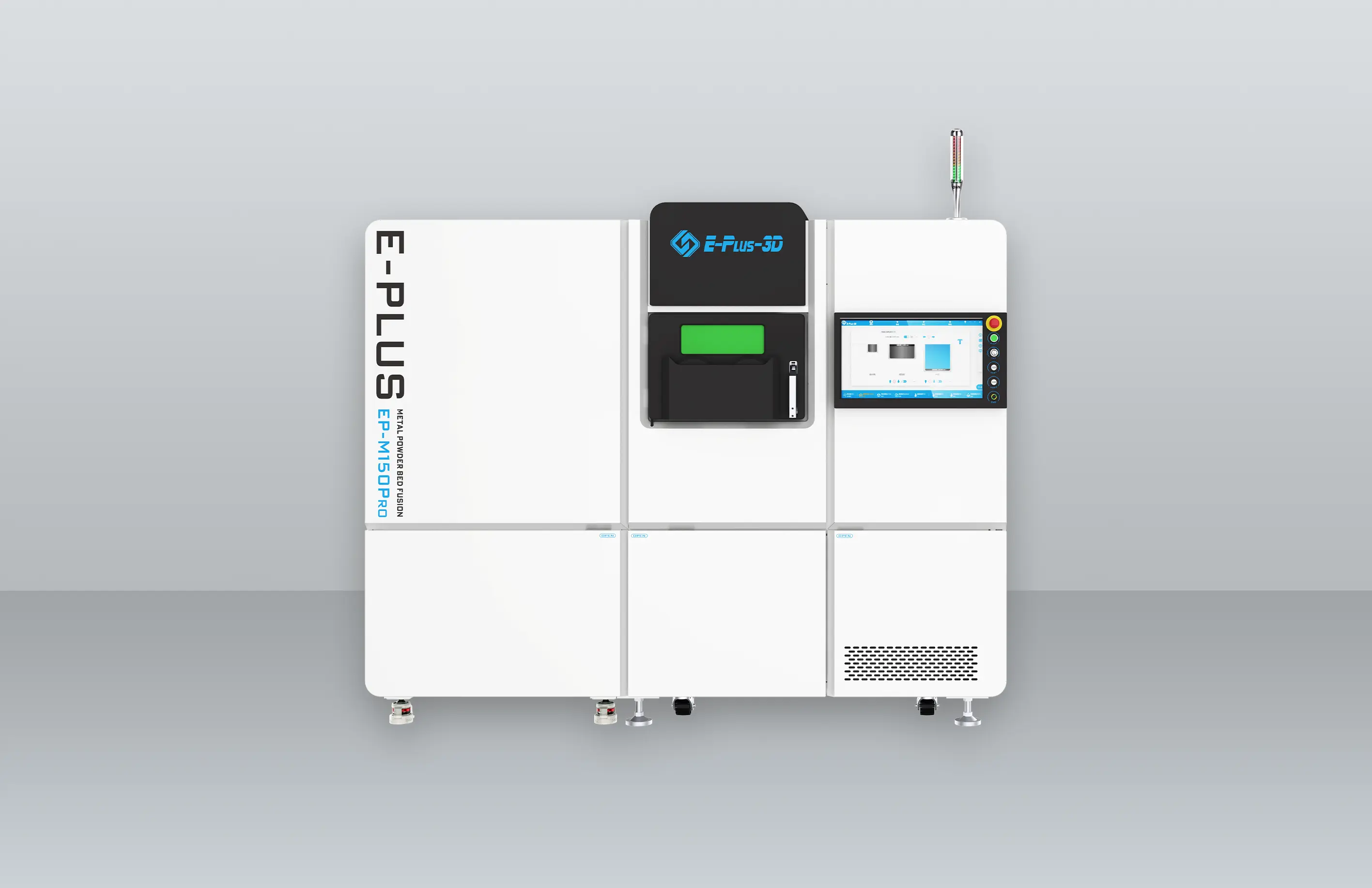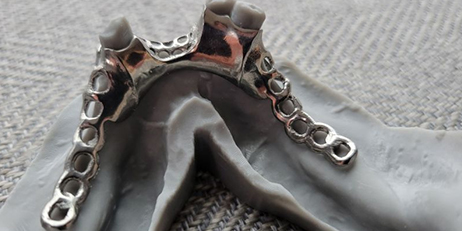At present, rail transit is still one of the transportation vehicles that carry more passengers. In the rail transit industry, equipment generally needs to be used for decades, and this is a very common phenomenon. Therefore, during these decades, in order for the train to carry out normal daily operations, excellent maintenance work and timely replacement of spare parts are indispensable. This is also a big challenge for the workers in the industry.

When a part of the train needs to be replaced, there will be a problem with part suspension or insufficient spare parts. Then the parts need to be manufactured again, which may take a huge amount of time, energy, and money. However, with the continuous development of additive manufacturing technology and the continuous expansion of application fields, 3D printing has also become an industrial-grade tool for rail transit manufacturers. In the next few years, additive manufacturing technology will become an indispensable part of it, and it will also better serve rail transit by reducing operating costs and providing a better passenger experience.
1) Advantages of 3D printing: high efficiency, customization, and providing long-term parts
Compared with traditional manufacturing methods, the biggest advantage of 3D printing is that it can provide small batches of customized parts with the characteristics of high performance and high precision. Traditional manufacturing methods require many steps, including procurement, design, modeling, installation, etc., with high input costs, and long product cycles. But with 3D printing, these steps can be significantly reduced. At the same time, it can be manufactured more efficiently, because 3D printing does not require actions such as installation and modeling, so the production cycle can be completed in just a few days.
2) Specific application
① Bridge parts
The function of the bridge part is to help the vehicle be put into use as soon as possible. In the process of train maintenance, the cost is very high. The maintenance of a single train can reach 20,000 US dollars a day. Such high-cost maintenance requires the timely provision of customized parts to shorten the maintenance time and reduce costs. In actual cases, a single part printed by 3D printing technology can save customers at least $1.5 million due to the outstanding performance of the printed parts.
② Spare parts
The service life of rail trains takes decades, so the inventory management of spare parts is very important, which also leads to an increase in cost investment. On the other hand, the spare parts stored could also cause loss, which needs to be manufactured again. With 3D printing, manufacturers can reduce the inventory of spare parts, and at the same time, when spare parts have problems, they can be reproduced immediately. Compared with traditional methods, 3D printing can shorten production cycles and lower input costs.
③ Quality inspection
In the rail transit industry, manufacturers need to use multiple tools to inspect the quality of their products to ensure a high pass-through rate and a low repair rate. Therefore, when using 3D printing technology to manufacture corresponding parts, product quality testing is required. Through 3D printing technology, equipment suppliers have more choices by discarding unnecessary parts and manufacturing more flexible parts.

3) How to apply 3D printing in rail transit?
Although the advantages of 3D printing technology are very attractive, it still requires certain conditions before applying the technology.
① Be familiar with the technology and manufacturer
In the current 3D printing industry, there are a variety of printing technologies, and different technologies have different conditions and advantages. This requires suppliers to have a certain understanding of the technology and choose the most suitable technology based on their own needs. At the same time, when choosing a 3D printing manufacturer, it is also necessary to judge the ability and level of the manufacturer. Eplus3D is a Chinese leading additive manufacturing solution provider. Its core R&D team has more than 30 years of experience in AM industry. Till now, Eplus3D has successfully installed its additive systems in more than 40 countries.
② Build a team and develop skills
It is indispensable to form an additive manufacturing team. In actual production, the team needs to coordinate the work of all parties including the supply chain, engineering, and operations, before turning professional ideas into reality. For additive manufacturing, the team also needs specific corresponding engineering and design capabilities in order to better cooperate with experts and improve overall efficiency.
Finally, there are more areas that can be developed for the application of additive manufacturing in rail transit. The most important thing is to act immediately, contact EPLUS3D and you will feel the charm of 3D printing.




























